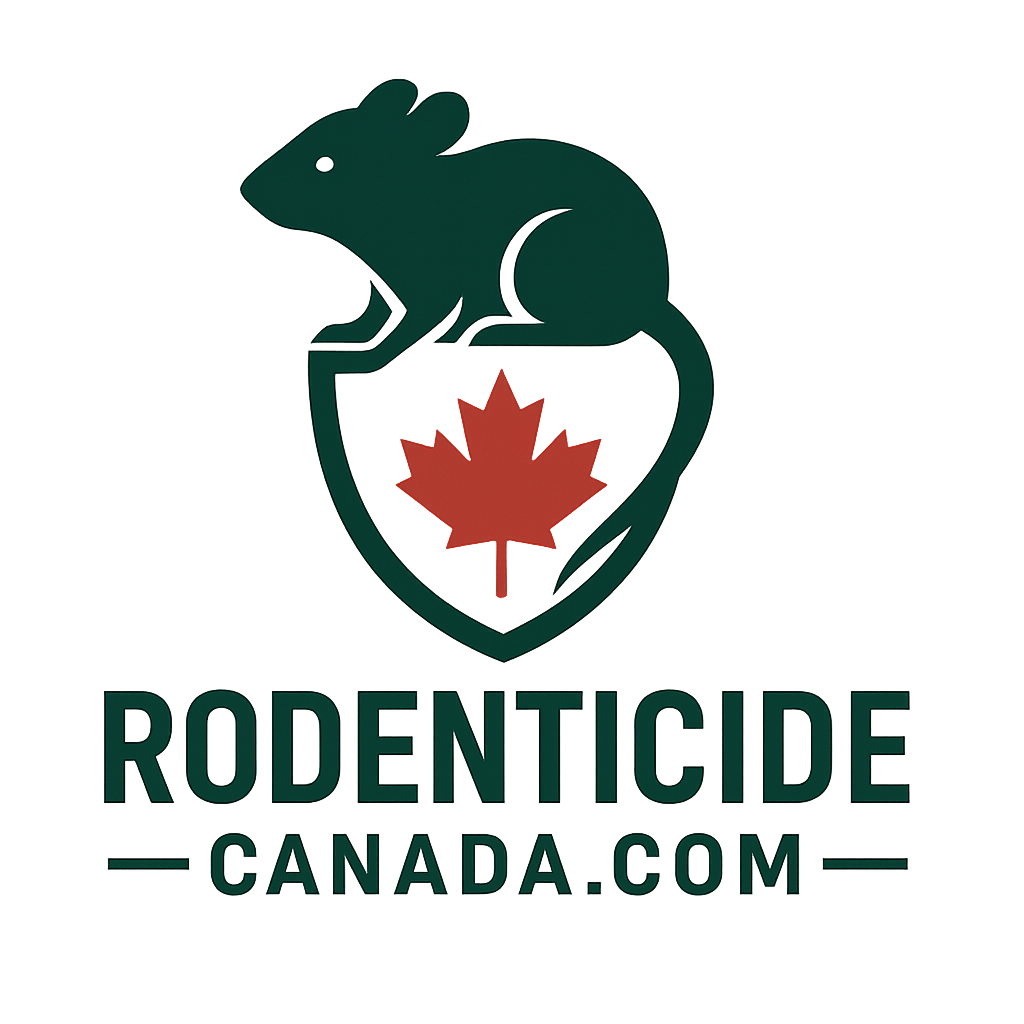R&D
The future of rodenticides and pesticides in Canada
Remember, developing a new generation of rodenticides and pesticides is a complex task that requires careful consideration of many factors, including efficacy, safety, environmental impact, and regulatory compliance. It's a process that will likely involve significant research, development, and testing phases before a viable product can be brought to market. Developing a third-generation rodenticide or a new range of pesticides requires a multi-faceted approach, focusing on effectiveness, environmental safety, and minimizing risks to non-target species. Here are some key considerations and steps for such a project:
-
Research and Innovation:
- Investigate the limitations and issues with current rodenticides and pesticides, such as resistance, environmental impact, and non-target species harm.
- Explore new scientific advancements in pest control, like targeted toxins, biological control agents, or genetic approaches.
-
Environmental Safety:
- Prioritize the development of compounds that are less harmful to the environment.
- Consider biodegradable or species-specific formulations to reduce the impact on non-target flora and fauna.
-
Efficacy:
- Ensure that the new products are effective in controlling target pest populations.
- Test different formulations and dosages to find the most effective solution.
-
Regulatory Compliance:
- Stay informed about regulations and guidelines for pesticide development and usage.
- Plan for rigorous testing and approval processes as per regulatory standards.
-
Human and Animal Safety:
- Focus on reducing toxicity to humans, pets, and wildlife.
- Research and implement safety mechanisms, like tamper-proof bait stations or selective toxicity.
-
Public Health Considerations:
- Understand the role of rodents and pests in public health, and develop solutions that mitigate their impact without causing secondary problems.
-
Collaboration with Experts:
- Work with scientists, environmentalists, and pest control experts to develop a comprehensive and sustainable product.
- Consider partnerships with universities or research institutions for cutting-edge research and innovation.
-
Education and Training:
- Once developed, provide adequate training and information to users about the safe and effective use of these new products.
- Educate the public and professionals about the benefits and proper usage of the new generation of pesticides.
-
Sustainable Production:
- Implement sustainable practices in the production and distribution of these products.
- Consider the entire lifecycle of the product, from production to disposal, to minimize environmental impact.
-
Market Analysis:
- Conduct market research to understand the demand, competition, and pricing strategies for the new product.
- Develop marketing and distribution plans that highlight the unique advantages of your product.
-
Feedback and Improvement:
- After launch, continuously gather feedback from users and monitor the impact of the product on pest populations and the environment.
- Be open to making improvements and adjustments based on real-world use and scientific findings.
